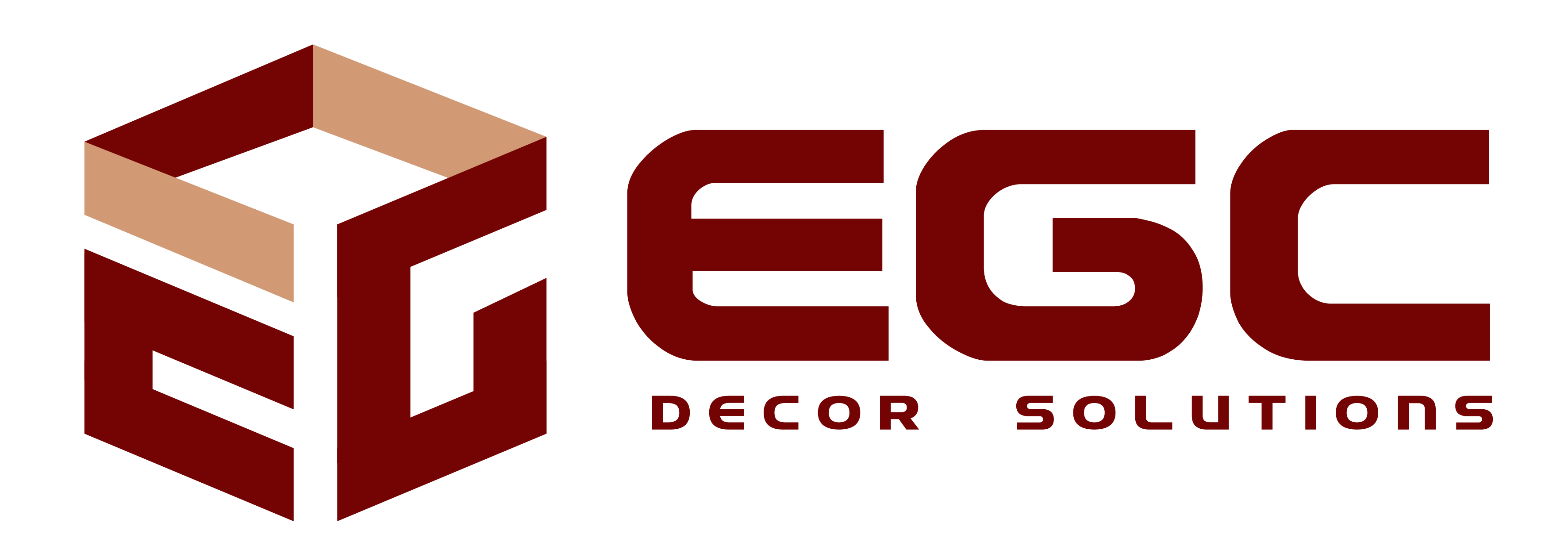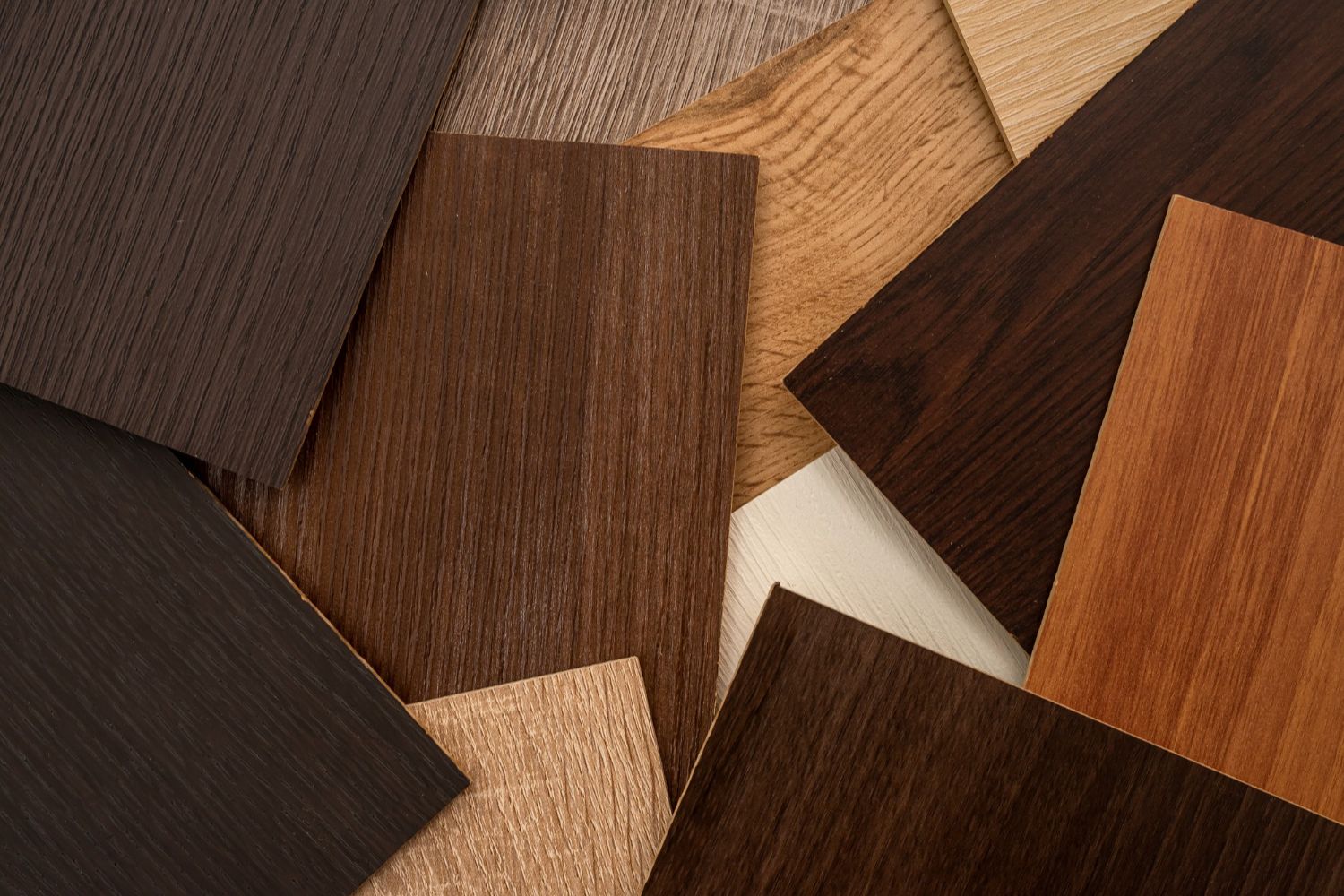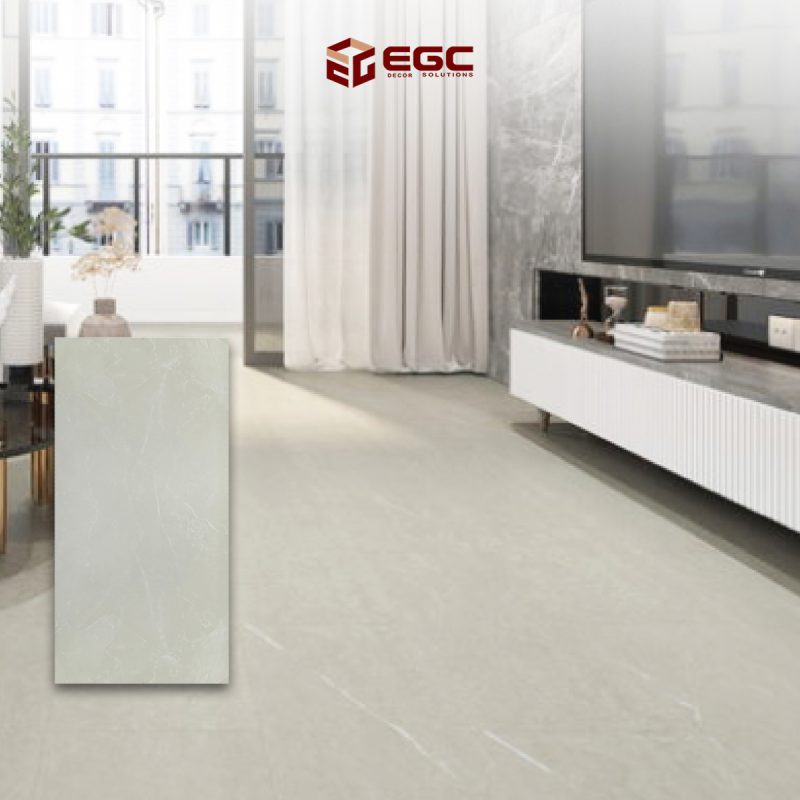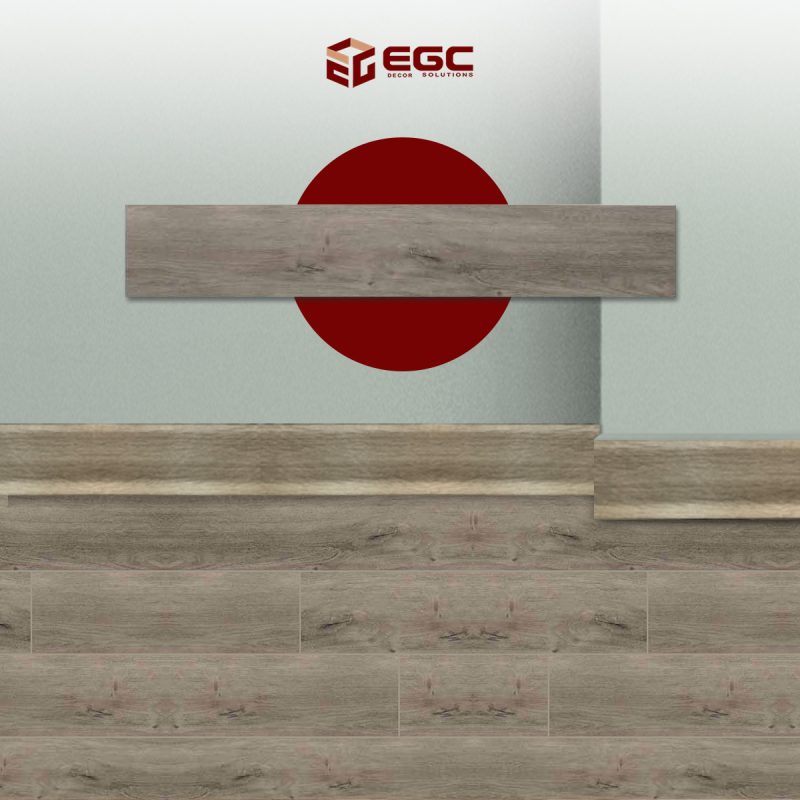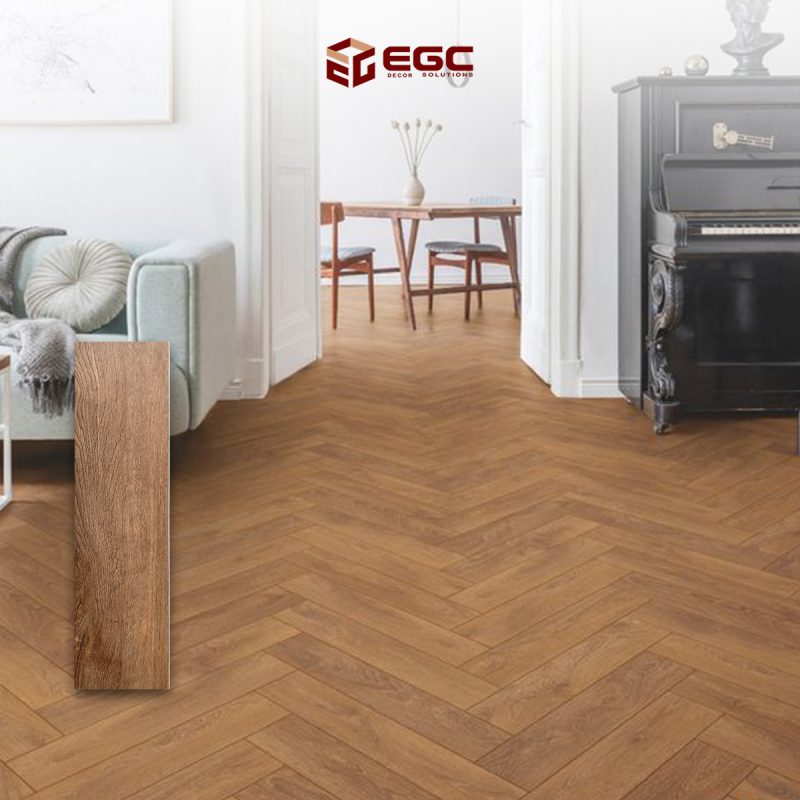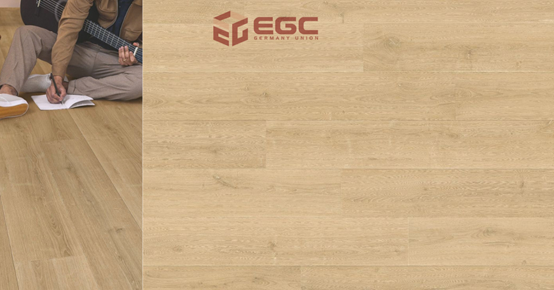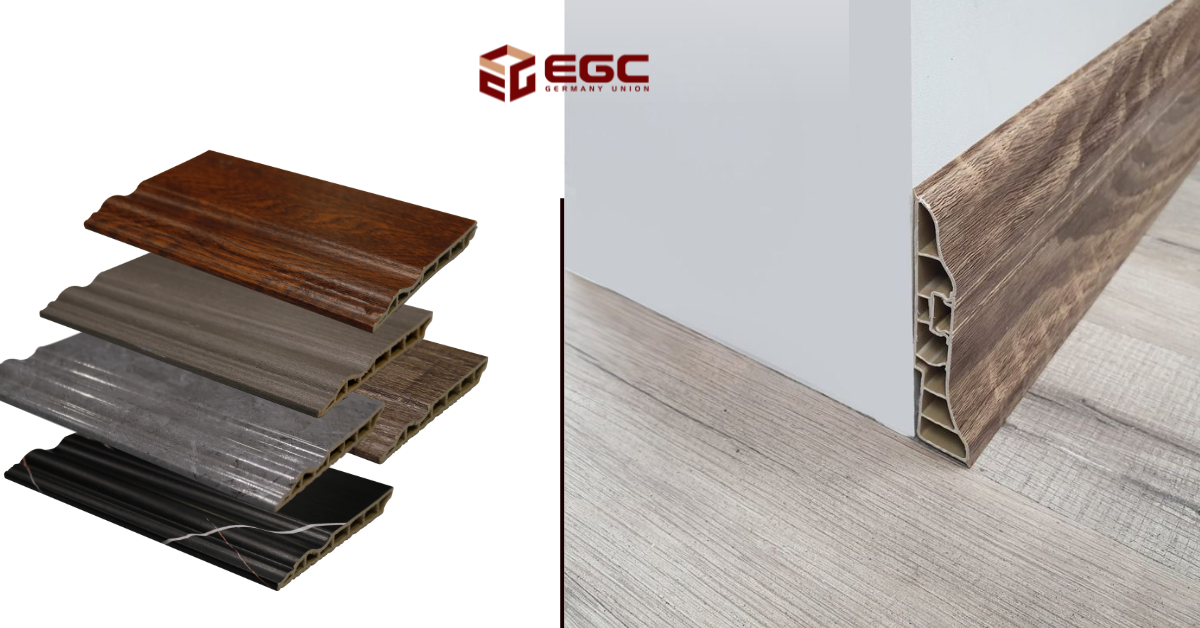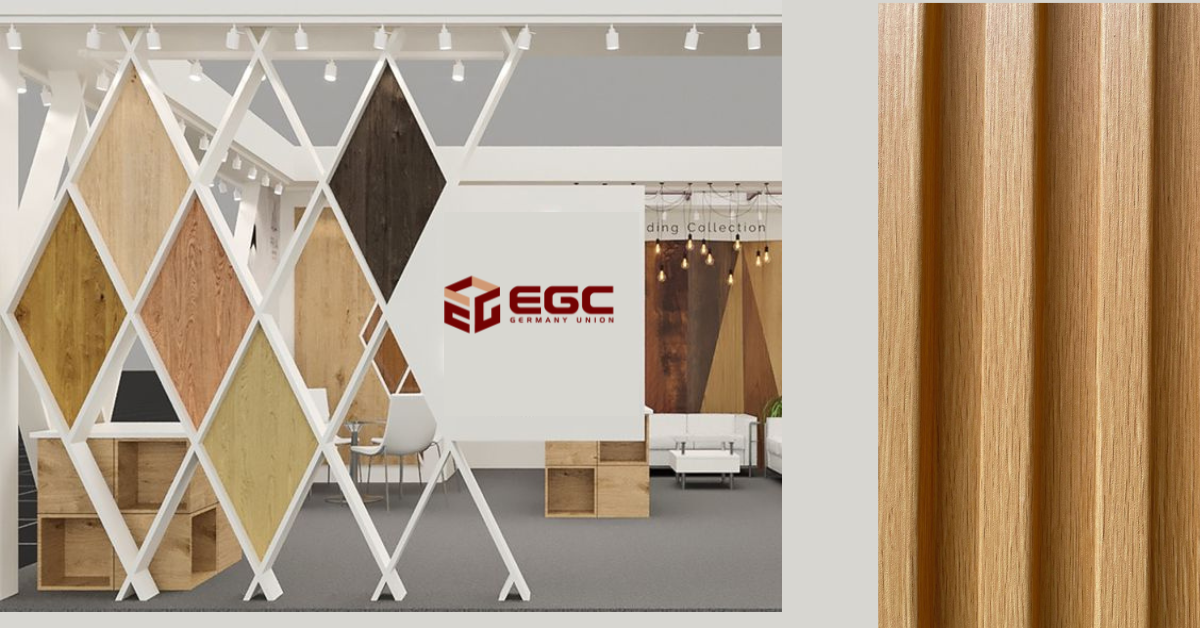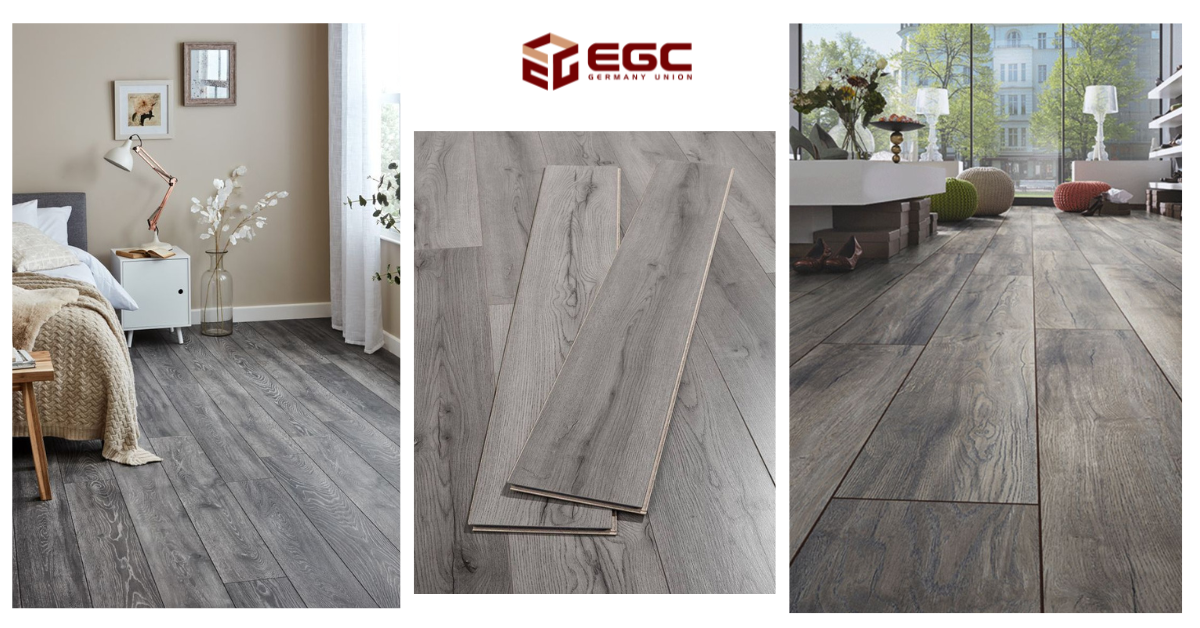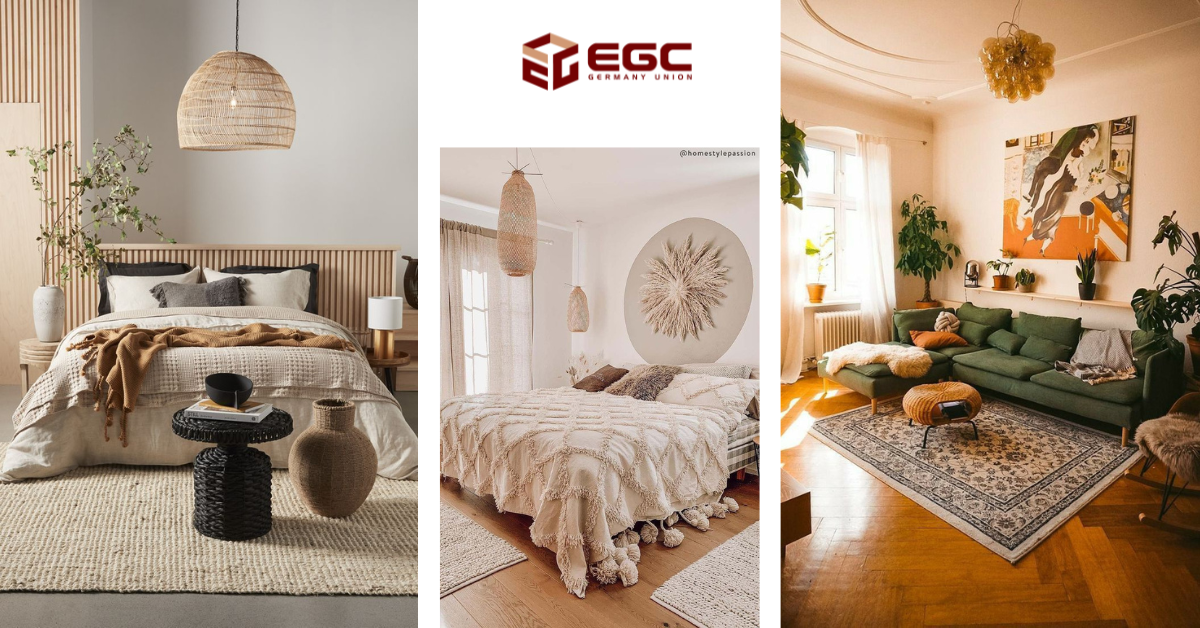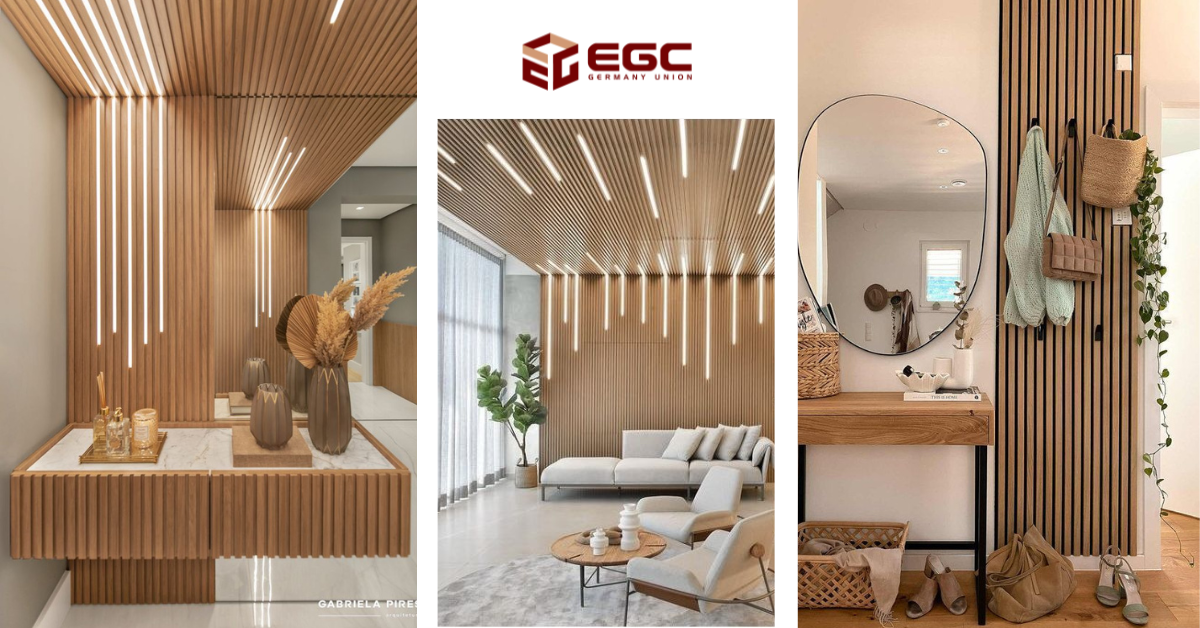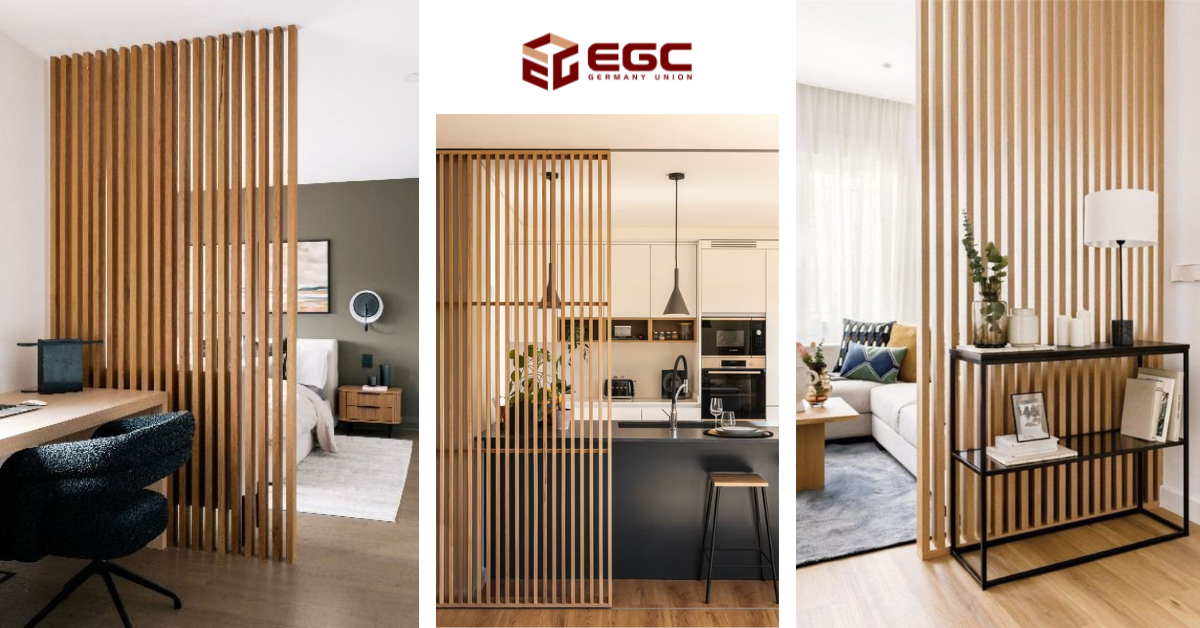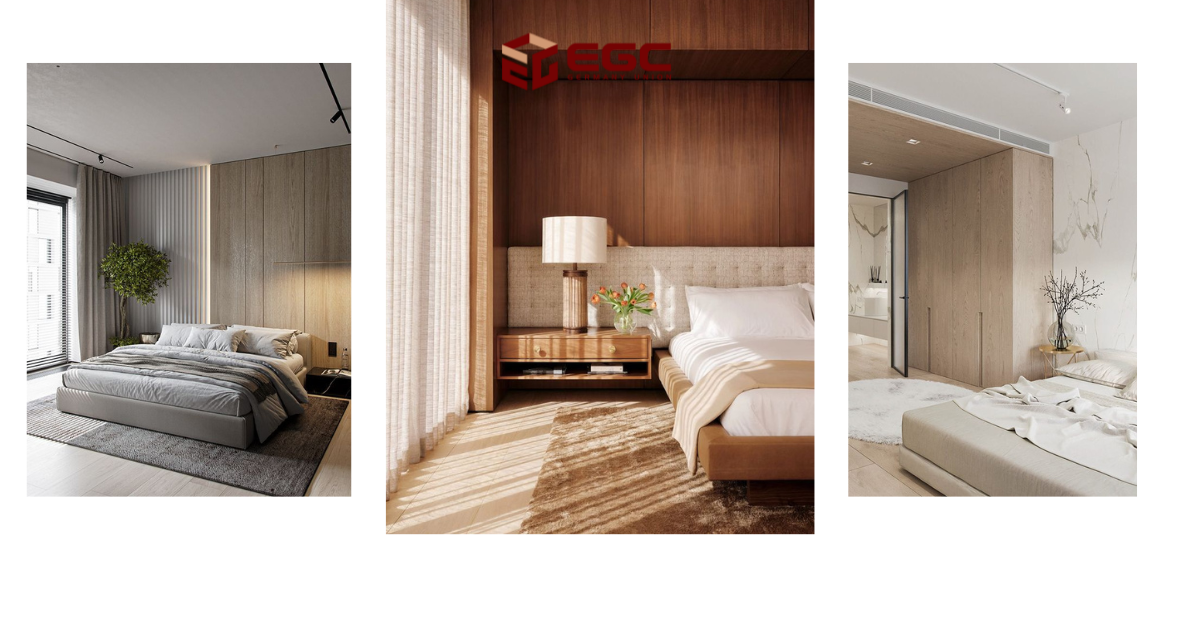Plastic Parquet: Its Advantages and Disadvantages!
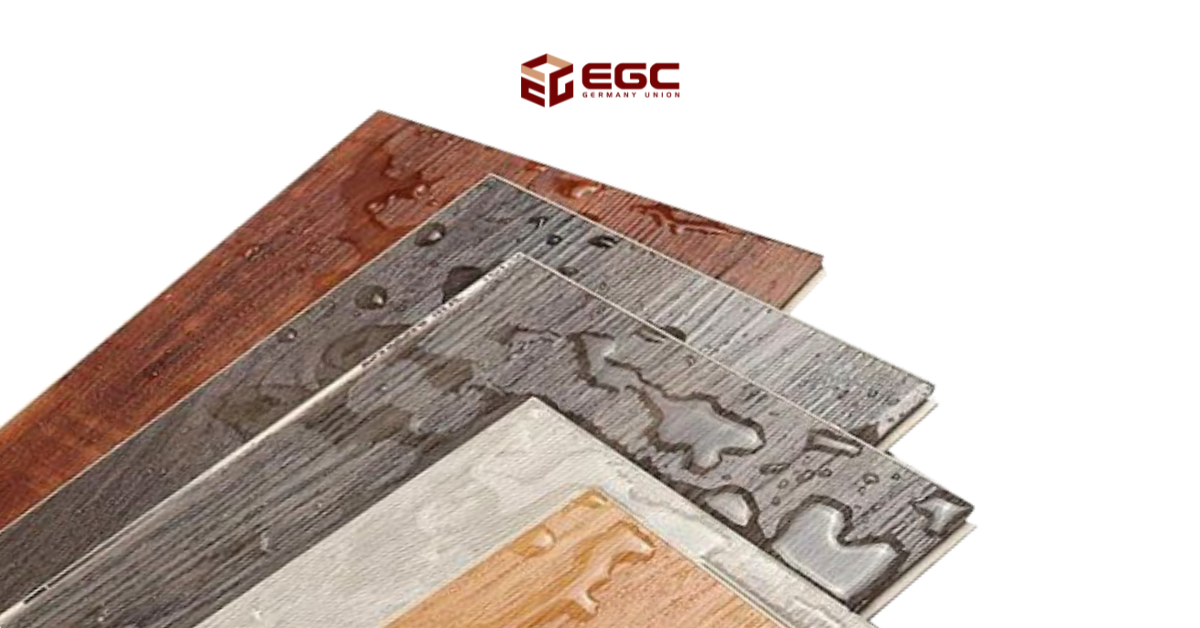
Plastic Parquet: Features and Drawbacks
What is Plastic Parquet?
Plastic parquet is a type of thermoplastic material that becomes more flexible and durable when heat and pressure are applied. It’s highly resistant to cracking and acts as a thermal insulator, meaning it remains unaffected by seasonal temperature changes. Available in multiple formats—tiles, sheets, and panels—it’s often referred to as Polyvinyl Chloride (PVC), which is the common industry name. Its versatility makes it ideal for residential, commercial, and recreational use thanks to its durability and affordability.
Advantages of Plastic Parquet
- Water Resistance
Highly water-resistant, making it ideal for humid environments like bathrooms and kitchens. It withstands spills and moisture without warping or degrading. - Durability
Exceptionally tough and resilient. It resists daily wear and tear, scratches, and physical impact, which makes it perfect for high-traffic areas, families with children, and homes with pets. - Wide Design Range
Available in a wide variety of colors and patterns. Whether your interior style is classic or modern, you’ll find a design that suits your space. - Easy Installation
Simple to install using a click-lock system, with no need for glue or complicated tools—making it suitable for DIY projects. - Low Maintenance
Easy to clean with just a damp mop or cloth. No polishing or sealing is required like traditional wood floors. - Eco-Friendly
Made from recyclable plastic materials, contributing to the conservation of natural resources and reduction of waste.
Disadvantages of Plastic Parquet
- Less Natural Appearance
It may lack the authentic texture and warmth of real wood, which can be a downside for those seeking a more natural aesthetic. - Heat Sensitivity
Can warp or deform when exposed to high temperatures or direct sunlight over time. Thermal expansion and contraction may also affect its appearance and performance. - Difficult Repairs
If damaged or scratched, individual pieces usually need to be replaced rather than repaired, which can be inconvenient and costly. - Lack of Breathability
Unlike wood, it doesn’t allow air to circulate between the flooring and subfloor. This can trap moisture and lead to mold or mildew issues in wet areas. - Environmental Concerns
Made from petrochemical-based materials that are non-biodegradable. It may also contain harmful substances like phthalates or BPA, raising health and environmental concerns. - Heat Accumulation
Some types of PVC flooring may retain heat excessively. Performance can vary between brands, so checking specifications and reviews is essential before purchase.
Installation Method (Click System)
- Preparation
Ensure the subfloor is clean, level, and dry. Fill any gaps or uneven areas before starting. - Underlayment
Lay down an insulating underlay like polyethylene film or foam for added moisture protection and sound insulation. - Installation
Start from a corner near a door. Position the locking side toward the wall. Align new pieces at a 45° angle to the installed ones and click them into place securely. - Cutting
Trim boards as needed using a utility knife or saw, leaving a small expansion gap around the edges for thermal movement. - Finishing
After completing the installation, inspect the surface for tight seams and uniform appearance. Clean up any debris and ensure all boards are secure.
For glue-down installations, follow the specific guidelines provided by the manufacturer, as methods may vary. Always consult the official instruction manual for accurate, product-specific installation steps.
Plastic parquet is a practical, cost-effective flooring option with a modern edge. Despite a few limitations, when chosen and installed carefully, it offers excellent value and performance across various applications.

